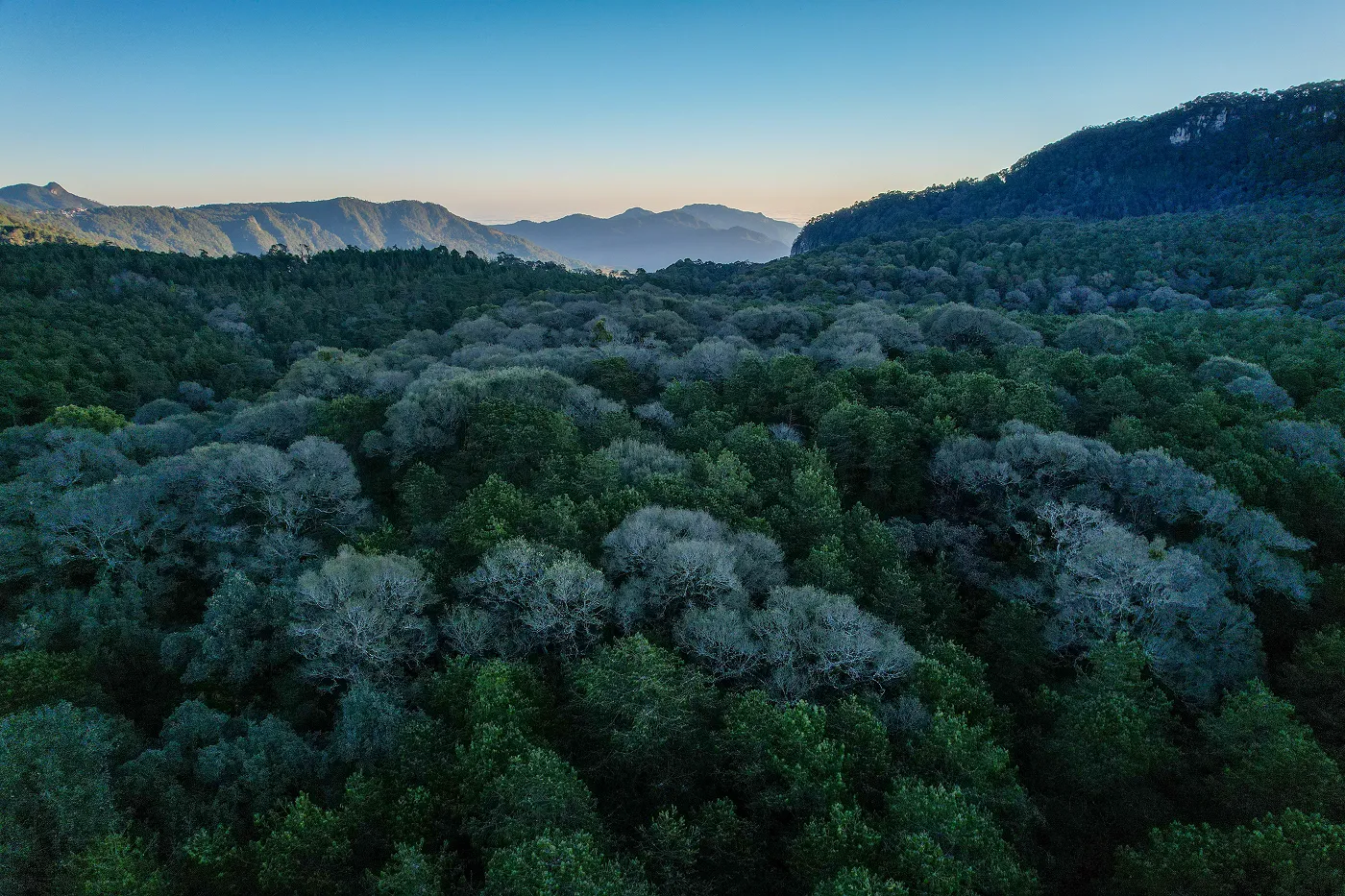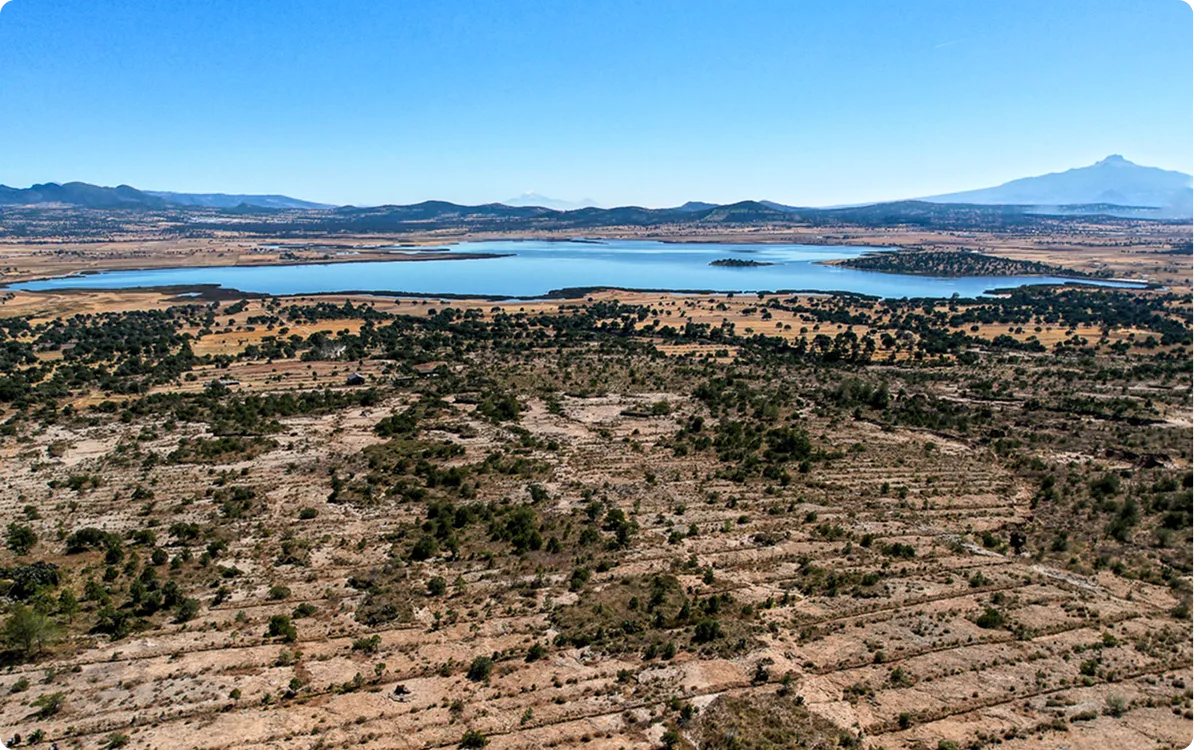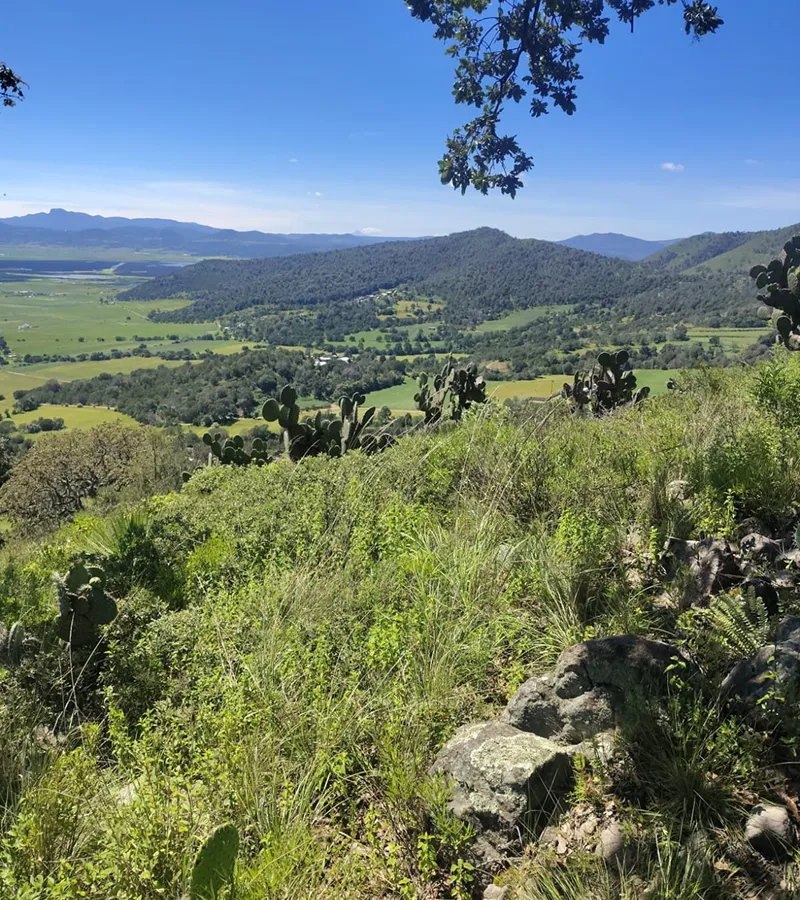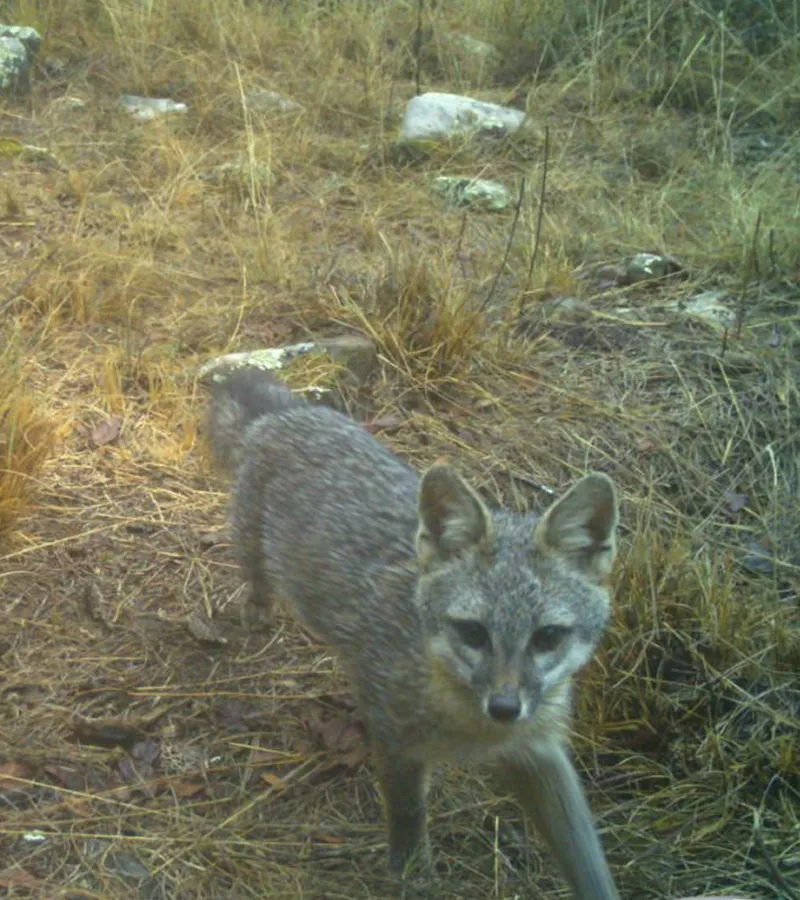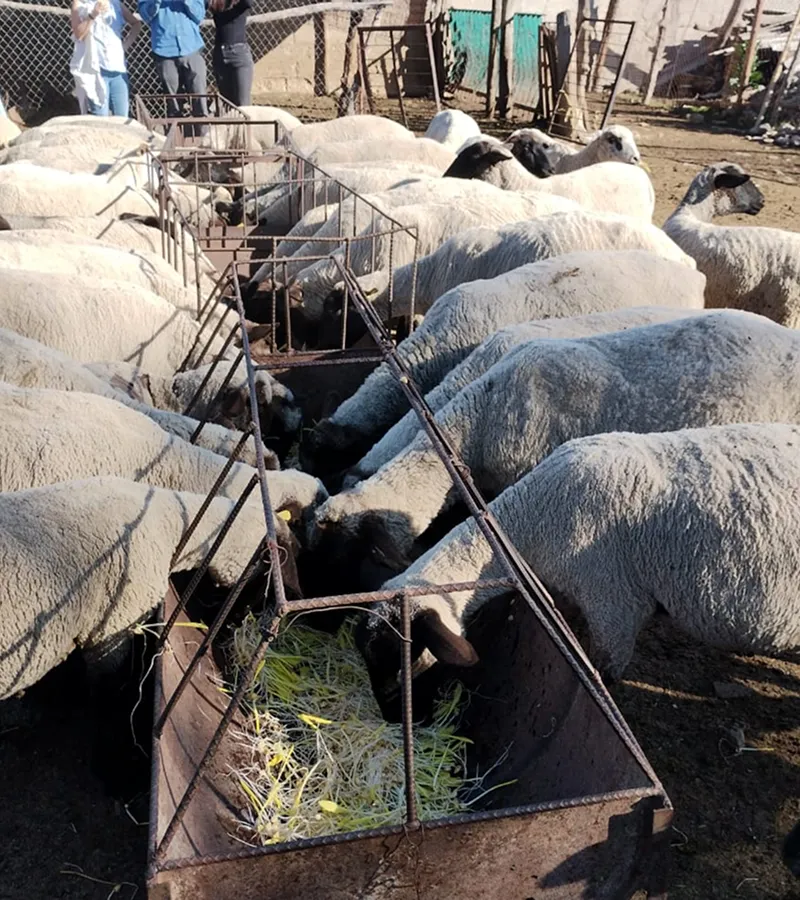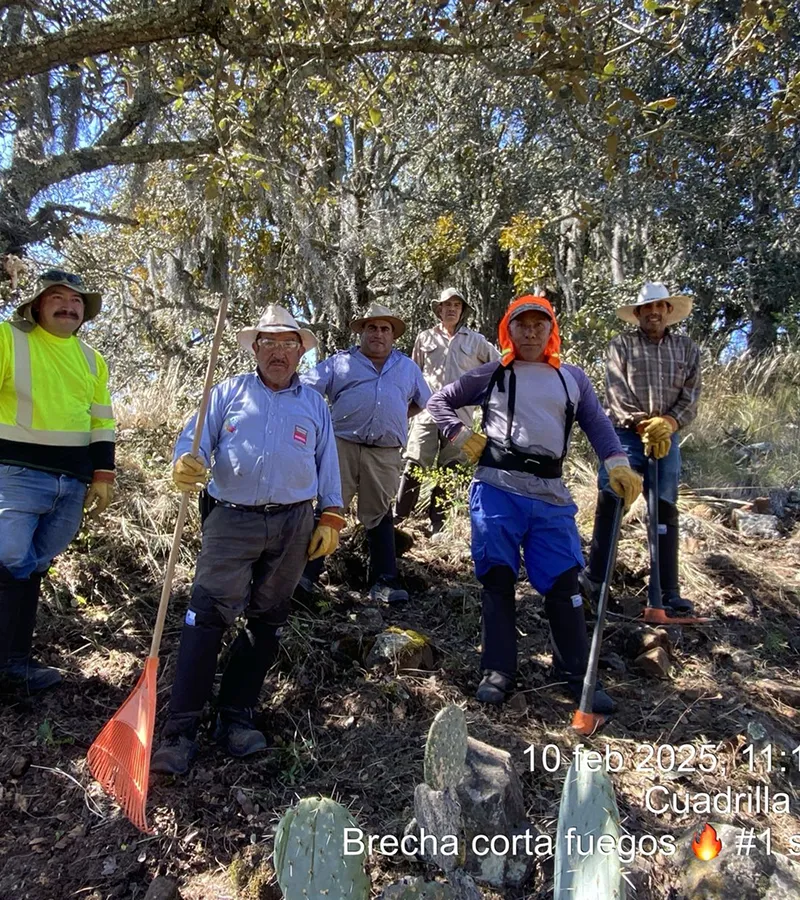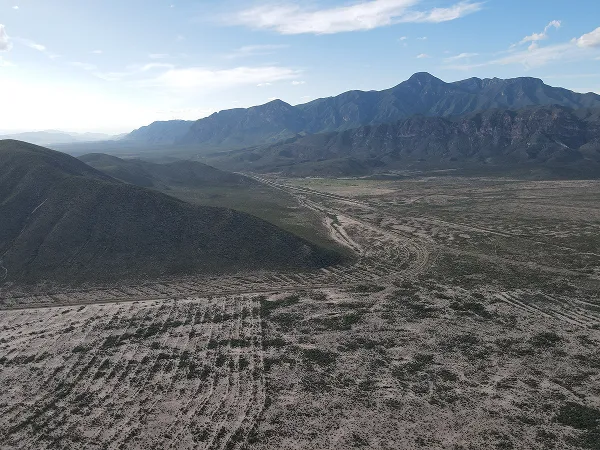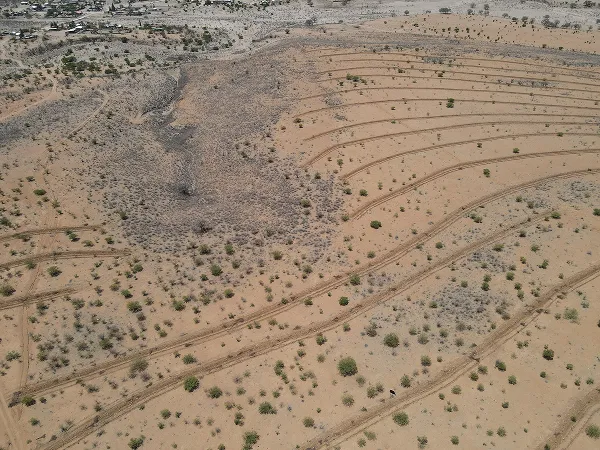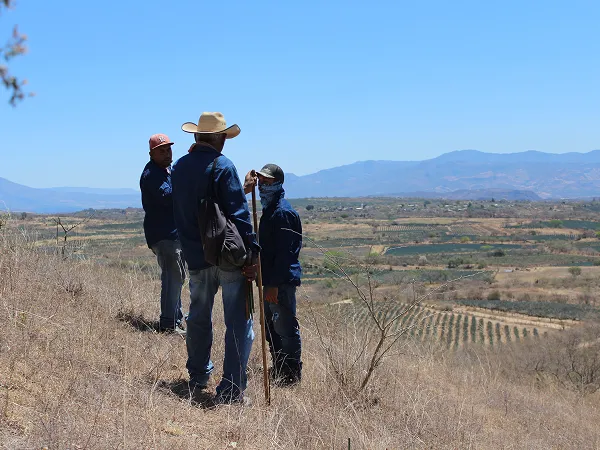The Plains of Apan
Carbon
Hidalgo, México
In the highlands of Hidalgo, local communities have joined an ecological restoration strategy that seeks to regenerate temperate grasslands, oak and juniper forests severely degraded by livestock overexploitation and agricultural expansion. Through activities such as the exclusion of livestock, assisted natural regeneration and environmental monitoring, the project captures carbon, recovers soil and generates economic benefits for the ejidos involved.
~
10
K
debentures
Estimated annual carbon
+
2,300
hectares
Preserved
1,241
Ejidatarios
receive benefits from the project
8.7
K
Villagers
They inhabit the ejido
148
sites
Lifted carbon monitoring
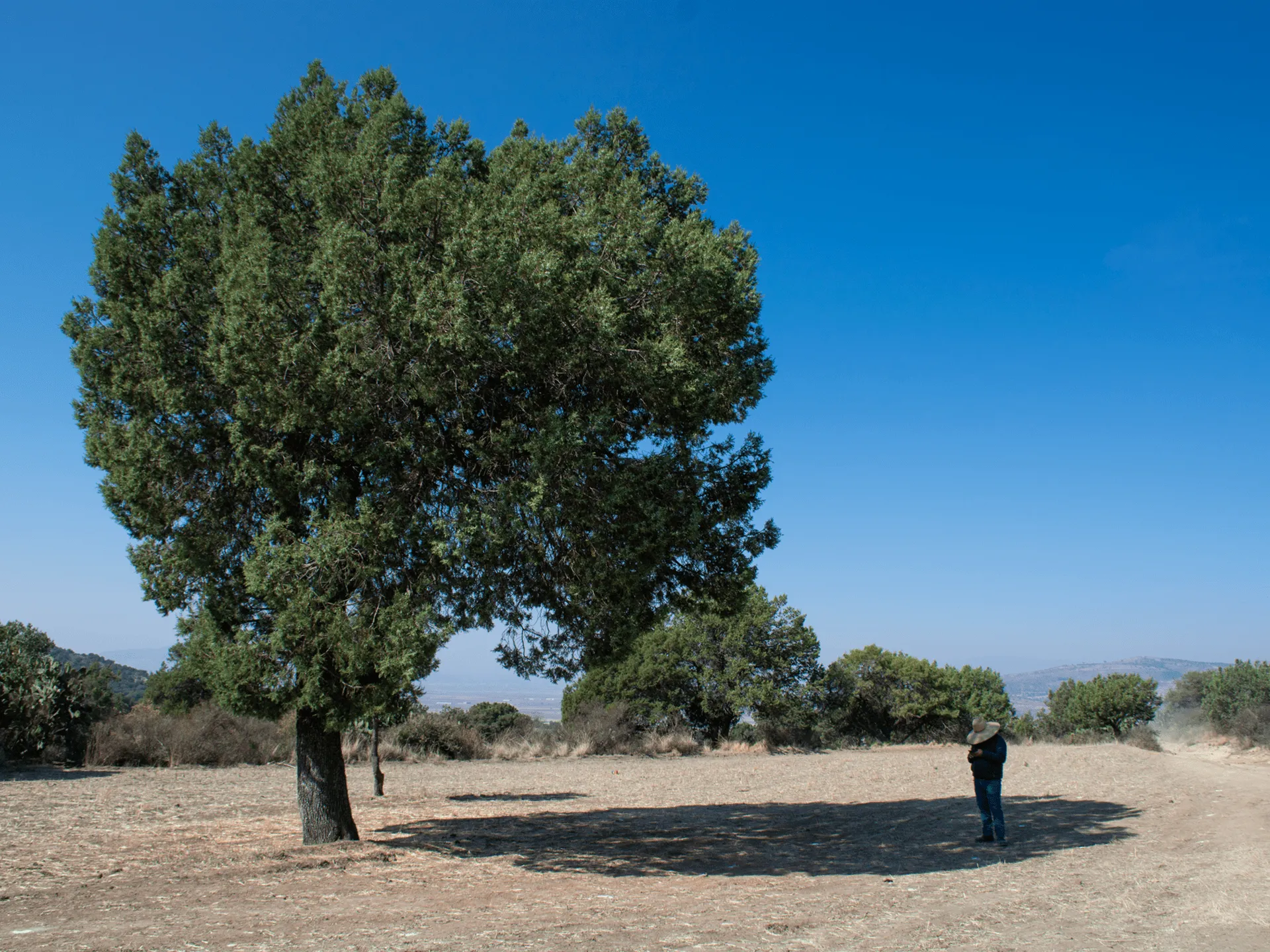
(01)
The context
A Highland Shaping Its Future
Located within the Llanos de Apan Ecological Conservation Area, this project covers 5,308 hectares in Mexico's central highlands. Of these, more than 2,300 are destined for restoration under the Forest Carbon Sequestration Protocol. The ecosystem, made up of temperate grasslands and oak and juniper forests, has undergone decades of erosion, overgrazing and land use change. To regenerate it, local communities have adopted sustainable practices that promote natural regeneration and allow carbon to be captured while generating income through credits.
Location
Hidalgo, México
Dimensions
A total of 5,308 hectares, with 2,325 hectares designated for ecological restoration
Productive Activities
Extensive livestock farming, small-scale agriculture
Vegetation
Xerophytic scrub
Fauna
Mammals such as coyote (Canis latrans), field rabbit (Sylvilagus floridanus) and tlacuache (Didelphis virginiana); birds such as sparrowhawks (Accipiter striatus) and different grassland species; reptiles such as lizards (Sceloporus spp.) and snakes (Colubridae).
Flora
Plant species such as maguey (Agave spp.), nopal (Opuntia spp.), junipers predominate (Juniperus communis) and huizache (Acacia farnesiana), as well as trees such as oaks (Quercus spp.) and junipers (Taxodium mucronatum).
Certifier
VERRA and Carbon Action Reserve (CAR)
Protocol
VM0047 (VERRA) and Forestry Protocol for Mexico 3.0 (CAR)
Verifier

“The experience with Toroto has been transformative and key to environmental education in the Almoloya community. It has helped us to make more informed decisions and to strengthen our commitment to caring for the environment. Thanks to this effort, we have learned to value our environment more and to work together for a sustainable future for the ejido.”
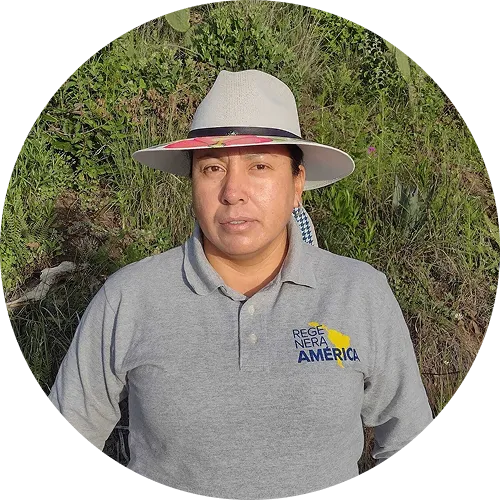
Marisol Romero
Ejido Member and Crew Leader of the Los Llanos de Apan Project
.webp)
.webp)
.webp)
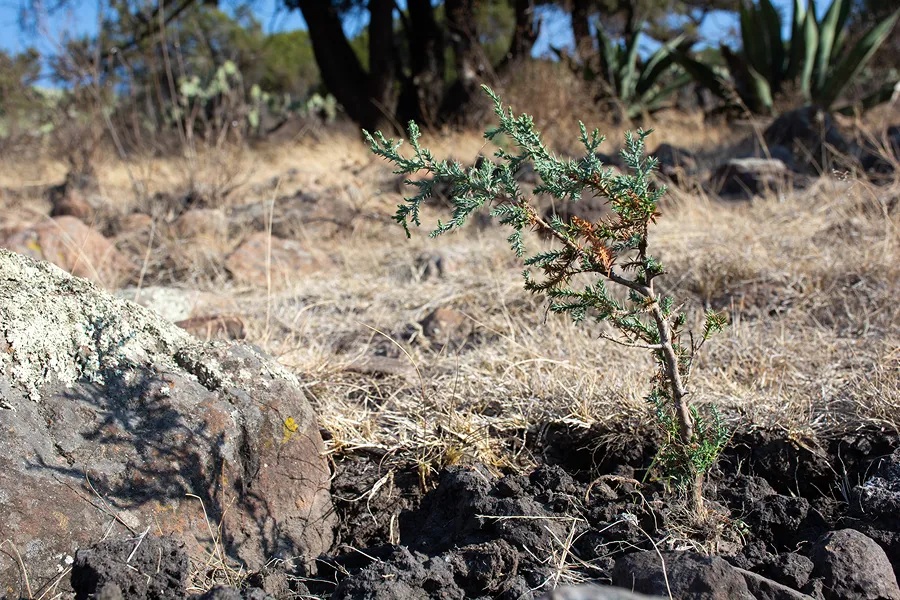
.webp)
.webp)
.webp)

.webp)
.webp)
.webp)

(03)
The Turning Point

A Collective Decision
The community identified an opportunity: to conserve their land not only as an environmental heritage, but also as a legitimate path of development. Thus, a carbon capture project built from its own territorial reality was born.

A Purpose-Driven Project
Through the conservation and management of its forest cover, the ejido generates carbon credits that allow it to finance restoration activities, community surveillance and capacity building, consolidating a long-term strategy.
Beyond Carbon
The design and management of the ejido of its territory focuses on local knowledge, community governance and the regeneration of ecosystems as a basis for collective well-being.
(04)
The Impact
Conservation with co-benefits

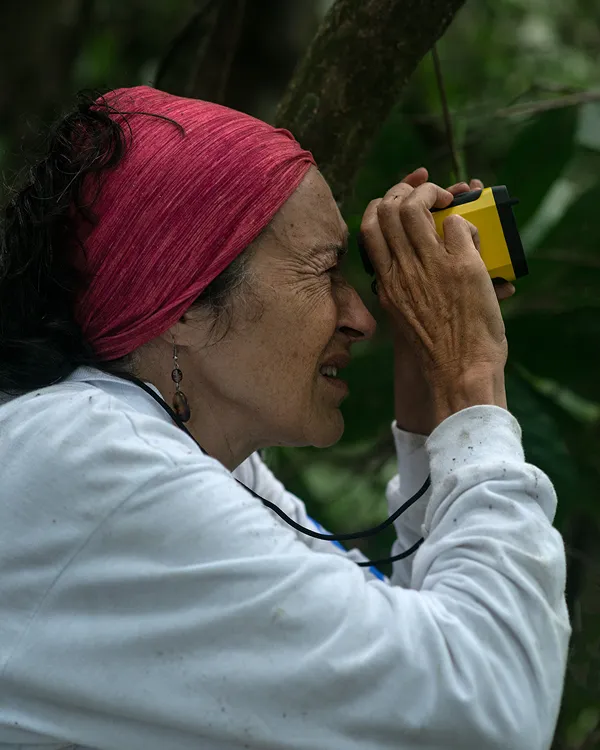
Science-Based Restoration
To ensure permanence and additionality, the project is registered, verified and certified by accredited entities. We also combine our Toroto Track tool with satellite monitoring and fieldwork technologies to ensure the quality and permanence of the captured carbon.

Biodiversity as a Foundation
Biodiversity is the foundation of resilient socio-ecological systems. Our specialized team performs baseline studies, continuous monitoring and strategies to conserve and strengthen key ecosystems.
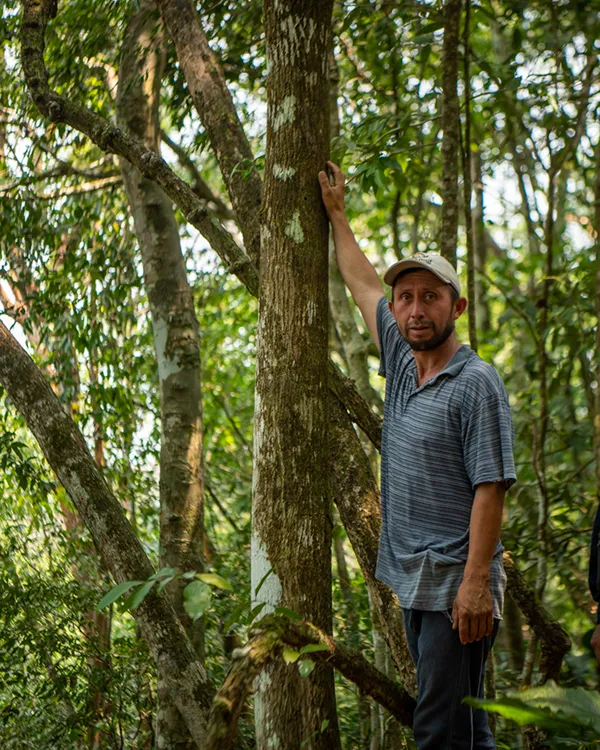
Community-Led Action
Local brigades implement conservation actions, generating employment, roots and a sense of belonging to the territory. These activities strengthen environmental education and encourage active and sustained community participation.
(04)
The Impact
Conservation with co-benefits
.jpg)
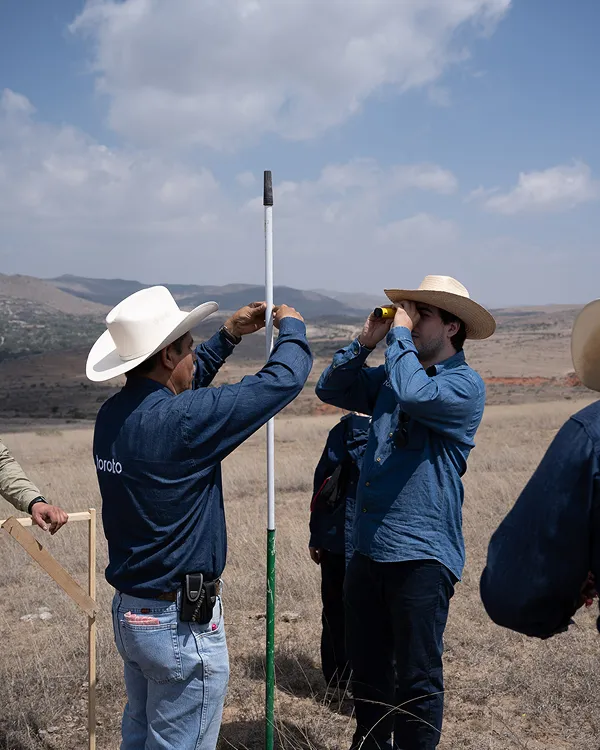
Science-Based Restoration
To ensure permanence and additionality, the project is registered, verified and certified by accredited entities. We also combine our Toroto Track tool with satellite monitoring and fieldwork technologies to ensure the quality and permanence of the captured carbon.
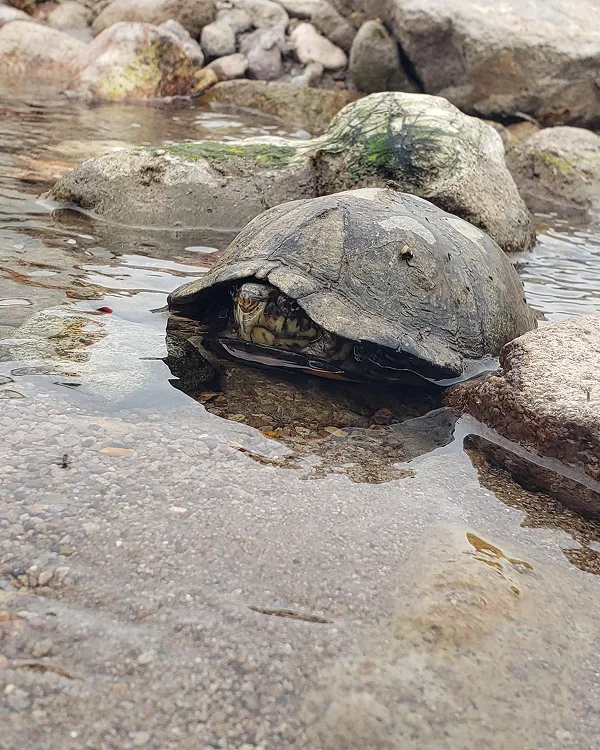
Biodiversity as a Foundation
Biodiversity is the foundation of resilient socio-ecological systems. Our specialized team performs baseline studies, continuous monitoring and strategies to conserve and strengthen key ecosystems.
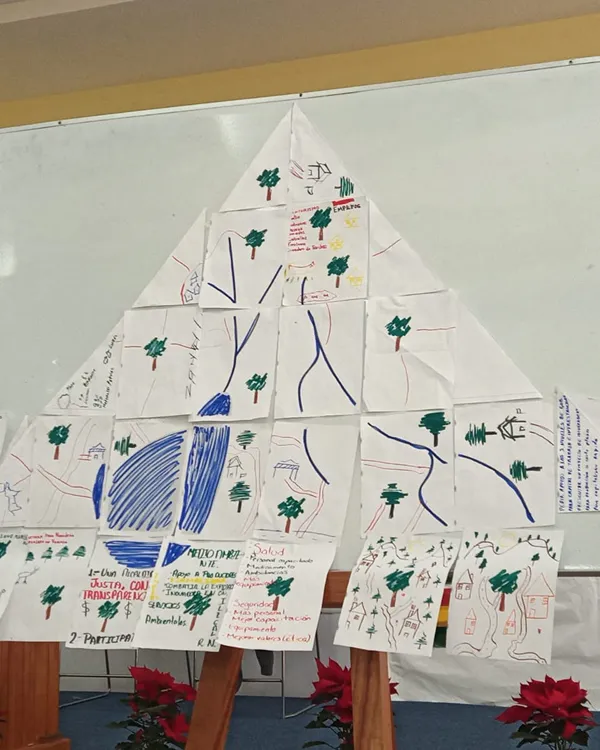
Community-Led Action
Local brigades implement conservation actions, generating employment, roots and a sense of belonging to the territory. These activities strengthen environmental education and encourage active and sustained community participation.
Regenerating nature, one project at a time
We do important things differently.
